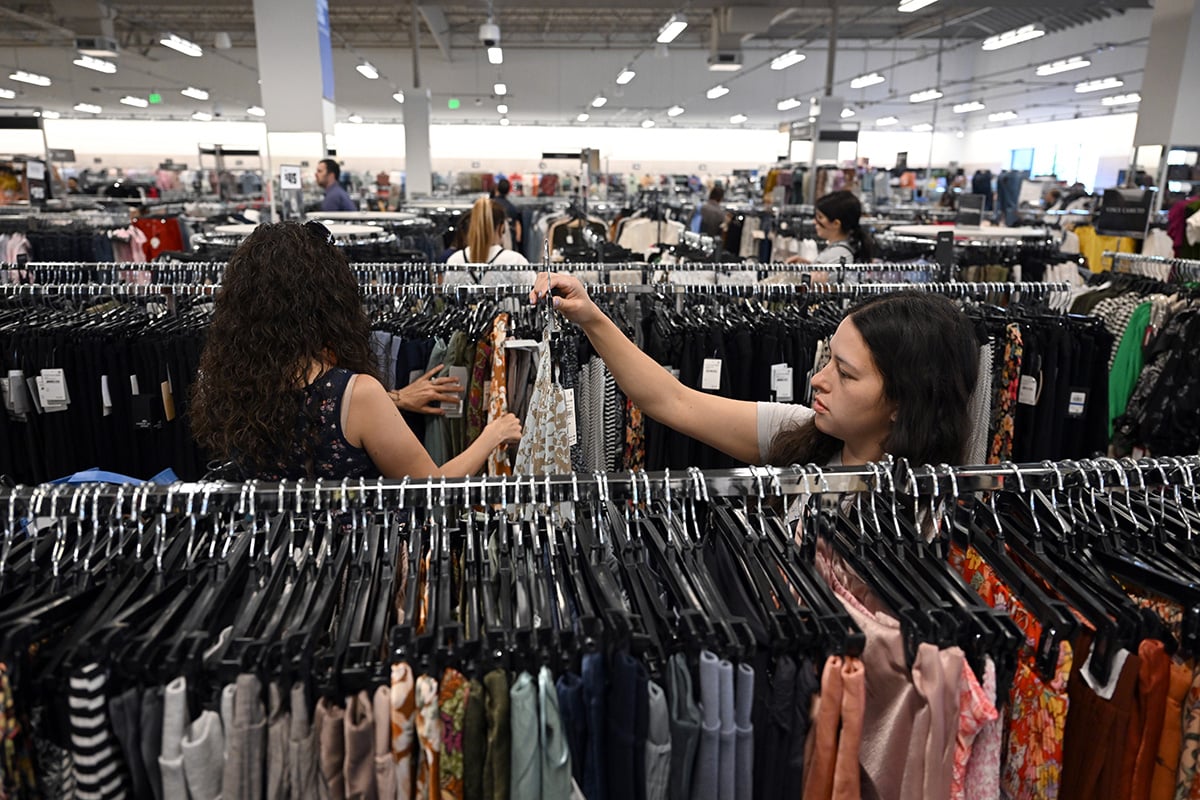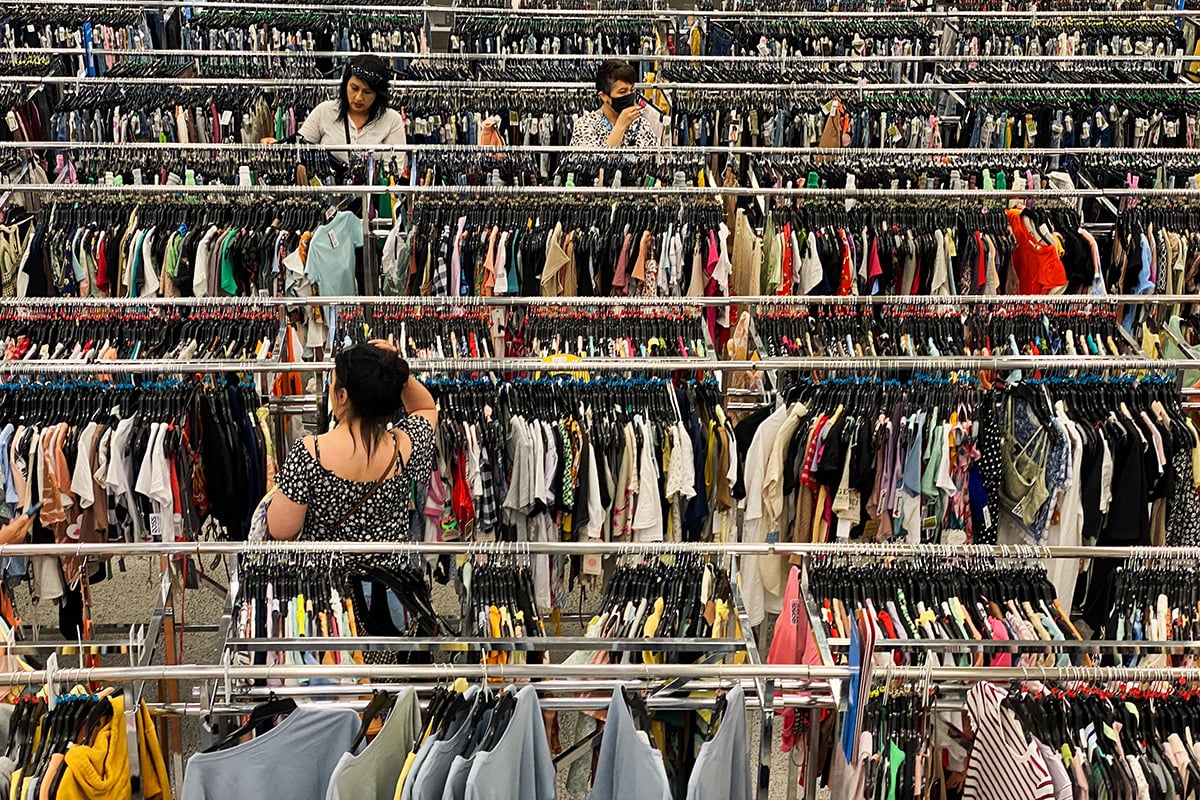
China has offered to go on a six-year buying spree to ramp upimports from the U.S., in a move that would reconfigure therelationship between the world's two largest economies, accordingto officials familiar with the negotiations.
|By increasing goods imports from the United States by a combinedvalue of more than US$1 trillion over that period, China would seekto reduce its trade surplus—which last year stood at $323billion—to zero by 2024, one of the people said. The officialsasked not to be named as the discussions aren't public.
|The offer, made during talks in Beijing earlier this month, wasmet with skepticism by U.S. negotiators who nonetheless asked theChinese to do even better, demanding that the imbalance be clearedin the next two years, the people said. Economists who've studiedthe trade relationship argue it would be hard to eliminate the gap,which they say is sustained in large part by U.S. demand forChinese products.
|U.S. stocks extended gains and the dollar rose following thenews. The S&P 500 Index rallied, climbing 1.3 percent by 1:27p.m. and heading for its fourth weekly advance, while the dollartraded at session highs.
|It's not the first time China has made an offer to reduce thetrade deficit as a way of trying to break the deadlock that hasdarkened the global economic outlook and roiled financial marketssince last year. In May, Trump scrapped a framework for a dealnegotiated by Treasury Secretary Steven Mnuchin that would haveseen China “significantly” increase purchases of U.S. goods.
|By agreeing to buy more goods from the U.S., China may justshift its trade surplus toward other trading partners, says TomOrlik, the chief economist for Bloomberg Economics.
|“If China switches its imports from other countries to theU.S.—less Brazilian soybeans, more U.S. soybeans—that might helpdeal with their bilateral problem with the U.S., but at the expenseof worsening imbalances with other countries,” he says.
|Additionally, the types of products that China offers to buymore of could matter more than the overall target for a dollaramount, Orlik says. Airplanes, soybeans, and automobiles were amongChina's top U.S. imports last year.
|“Over the years, China has used the offer of purchasing moretechnologies with national security applications as a gambit intrade negotiations,” says Orlik. “That's always been unacceptableto the U.S. because of the strategic costs.”
|
Even a massive buying binge would likely fail to eliminate thetrade deficit with China, according to Brad Setser, who served asdeputy assistant secretary for international economic analysis inthe Treasury Department during the Obama administration. It's notclear how quickly U.S. farmers and companies would be able to meetincreased Chinese demand, he says. Increasing exports of soybeanswould require more land dedicated to growing the crop andinvestment in storage capacity. Likewise, exporting more to Chinawould demand a surge in investment in export terminals. For Boeing,which has been straining to meet existing orders for its planes, itwould likely mean adding a new plant.
|Moreover, none of this would address U.S. demand forChinese-produced goods and China's control of the assembly ofproducts such as smartphones and laptops, which are some of themain drivers of the U.S. trade deficit. Shifting production orfinal assembly to a place such as Vietnam would do a lot to reducethe U.S. deficit with China, but it would potentially beillusory.
|Closing the trade gap “would require enormous changes, and itwould require an all-out effort to get a Chinese industrial policyto disguise China's exports to the U.S. by routing them elsewhere,”says Setser, who is now at the Council on Foreign Relations. “Youcan't get rid of the bilateral deficit unless you shift thelocation of final electronics assembly out of China. The mathdoesn't work.”
||
Decisions Pending
No decisions were finalized in the latest Beijing talks, anddiscussions are set to continue at the end of January, when ChineseVice Premier Liu He is scheduled to travel to Washington.
|The U.S. will miss an opportunity for discussions with itstrading partners after President Donald Trump canceled his trip andthe U.S. delegation's visit to the World Economic Forum in Davosnext week amid the partial government shutdown. While no plans weredisclosed for negotiations, Chinese Vice President Wang Qishan isdue to attend the Davos summit.
|There's no clear sign that the Chinese offer would have agreater chance of success now, or even whether it's practicallyfeasible. U.S. negotiators are focused on matters including China'salleged intellectual-property malpractice and state support ofindustry, disputes that are much harder to bridge. The Americans'major sticking points were more prominent issues than China'simport plans during the latest round of talks in Beijing, one ofthe people said.
|The Chinese offer would raise the annual import total from $155billion to around $200 billion in 2019 and in increasing stepsthereafter, reaching an annual total of about $600 billion by 2024,one of the people said.
|The Commerce Ministry in Beijing didn't immediately respond torequest for comment on the negotiation details. The office of theU.S. Trade Representative didn't immediately respond to a requestfor comment.
||
From: Bloomberg
|Copyright 2019 Bloomberg. All rightsreserved. This material may not be published, broadcast, rewritten,or redistributed.
Complete your profile to continue reading and get FREE access to Treasury & Risk, part of your ALM digital membership.
Your access to unlimited Treasury & Risk content isn’t changing.
Once you are an ALM digital member, you’ll receive:
- Critical Treasury & Risk information including in-depth analysis of treasury and finance best practices, case studies with corporate innovators, informative newsletters, educational webcasts and videos, and resources from industry leaders.
- Exclusive discounts on ALM and Treasury & Risk events.
- Access to other award-winning ALM websites including PropertyCasualty360.com and Law.com.
*May exclude premium content
Already have an account? Sign In
© 2024 ALM Global, LLC, All Rights Reserved. Request academic re-use from www.copyright.com. All other uses, submit a request to [email protected]. For more information visit Asset & Logo Licensing.








